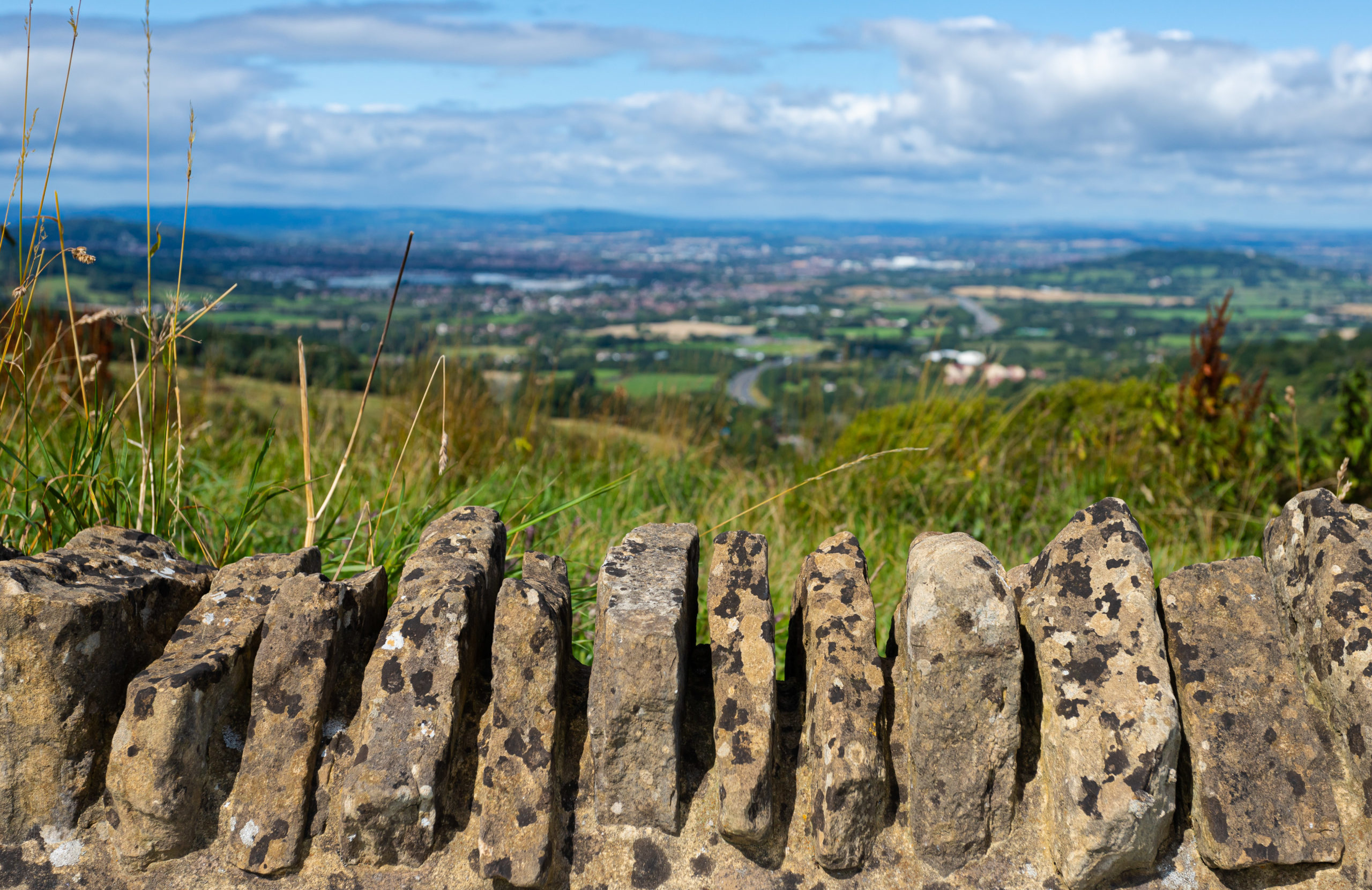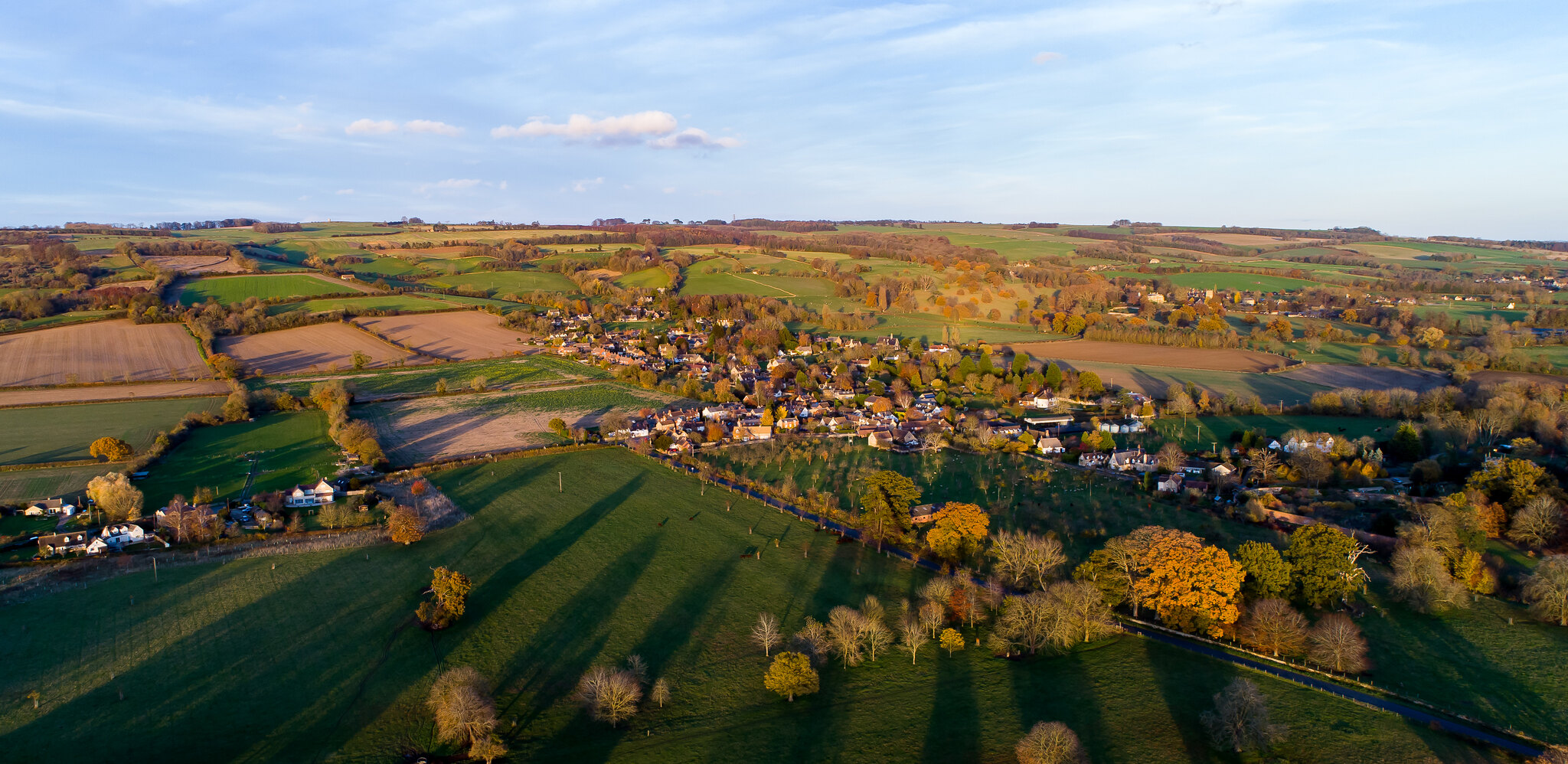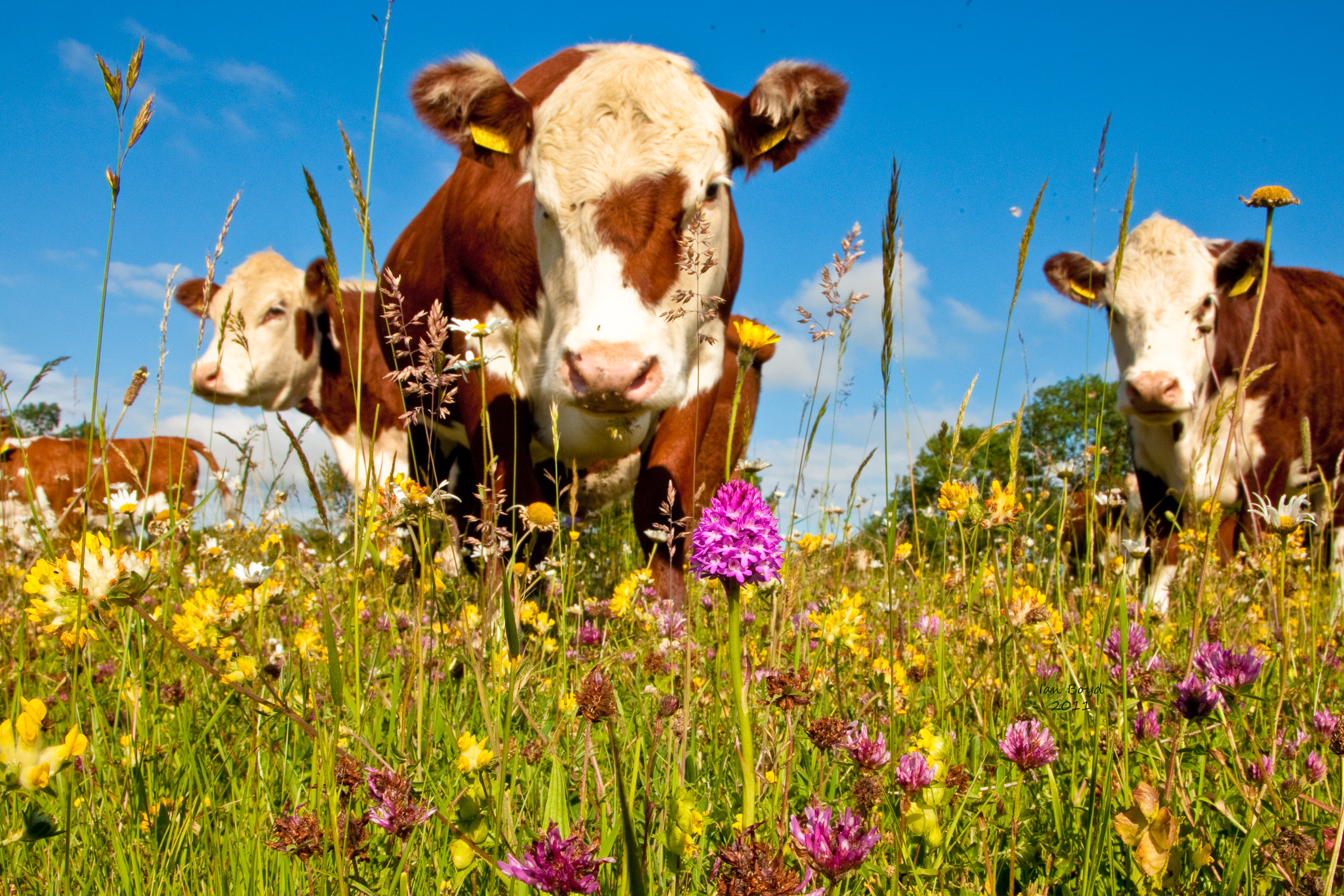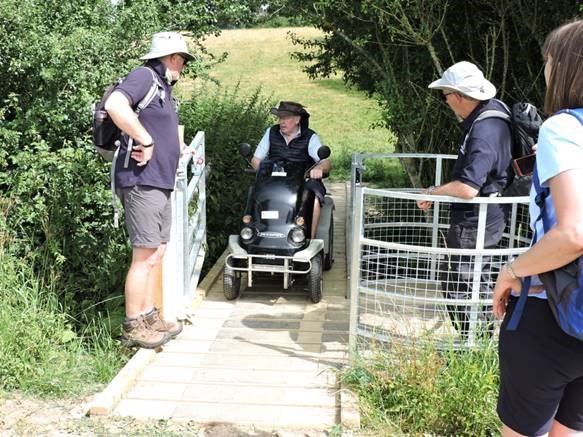
This month, Highways England has launched a new six week consultation to invite feedback on the latest proposals for the A417 Missing Link improvements. On 14 March 2019, they announced Option 30 as their preferred route for the A417 Missing Link. Responses to the consultation are invited by 8th November.
Since 2014, the Cotswolds Conservation Board has been involved in discussions with Highways England and partner organisations about the proposals for a solution to this problematic section of road in Gloucestershire. The Board fully supports the ambition to make improvements and address the safety and environmental problems presented by the current road layout. Throughout the process though, the Board has pushed for this solution to be landscape-led; as reflected in the jointly agreed vision, design principles, and objectives for any solution – which were agreed with Highways England in 2017.
The recently issued Landscapes Review, commissioned by government and reviewing all the AONBs and National Parks in England and produced by Julian Glover and his advisory panel, recognises the national importance of the Cotswolds landscape. Their recommendations advance the Cotswolds as a candidate National Park and describe the Cotswolds as world famous for its natural beauty, huge popularity with visitors from around the world, and acknowledge that its landscape and villages are one of the emblems of England. They also identify the Cotswolds as a big contributor to the national economy.
This report and its recognition of the Cotswolds as a potential National Park reinforces the need for a highly sensitive and genuine landscape-led solution for the A417.
Whilst the Board is pleased that some of its suggestions for proposed improvements to the preferred route were shown to be better for both the economy and the environment – and have been reflected in the released plans – it is not yet satisfied that Option 30 sufficiently meets the landscape and environmental requirements.
The A417 Missing Link runs through Crickley Hill, in the Cotswolds Area of Outstanding National Beauty and, together with Barrow Wake, is a designated Site of Special Scientific Interest. An Iron-Age hill fort (a Scheduled Ancient Monument), archaeology, limestone grassland, ancient woodland, Cotswold Way National Trail, and diverse wildlife all make this a nationally and internationally important landscape. It’s for these reasons that the Conservation Board has been working with Gloucestershire Wildlife Trust and the National Trust (who own and manage Crickley Hill and Barrow Wake) to ensure that the proposed road scheme genuinely achieves the agreed landscape-led vision, design principles, and objectives.
The Board is encouraging everyone to consider Route 30 and its potential impact, and to have their say during the consultation period.
Martin Lane, Director of the Cotswolds Conservation Board, said, “We’re keen to continue the dialogue with Highways England, and to encourage them to consider a number of further suggestions. We’d like to see more accessible and detailed plans and visuals so the public can fully understand the scale of the impact of the proposals; we’d like Highways England to accept that a 50 metre land bridge is inadequate given the scale of the scheme and how the proposed road carves through the landscape; Highways England has previously dismissed tunnel solutions for different route options, but we’d like to see them considered for Option 30 given the scale of impact, size, depth and length of the cutting being proposed through the AONB; and we’d like information about where site compounds will be located.
We want to encourage everyone to have their say and contribute to the consultation – whether they are road users and commuters, those who use Crickley Hill for leisure, live nearby, or people engaged with conservation. The A417 improvements will affect everyone, for many decades to come, so it is crucial that the final solution is the right one for an internationally recognised landscape.”
ENDS
Notes to editors:
- Highways England’s A417 Missing Link information including the consultation events can be found at: https://highwaysengland.co.uk/projects/a417-missing-link/
- Please contact Alana Hopkins at hopkins@cotswolds-nl.org.uk / 01451 862 003 for further information or interview opportunities.
- The Glover Landscapes Review can be viewed here: https://assets.publishing.service.gov.uk/government/uploads/system/uploads/attachment_data/file/833163/landscapes-review-final-report.pdf References to the Cotswolds as a candidate for a new National Park can be found in Chapter 4: More Special Places (pages 117 – 123)
- The Cotswolds was designated an Area of Outstanding Natural Beauty (AONB) in 1966 in recognition of its rich, diverse and high quality landscape. www.cotswolds-nl.org.uk
- The Cotswolds AONB is looked after by the Cotswolds Conservation Board – an independent organisation established in 2004 which has 37 members – 15 nominated by local authorities, 8 by parish councils and 14 appointed by the Secretary of State.
- The Cotswolds is the third largest protected landscape in England after the Lake District and Yorkshire Dales National Parks and represents 10% of the total AONB area in the UK. It covers 2,038 square kilometres (790 square miles), stretching from Warwickshire and Worcestershire in the north, through Gloucestershire and Oxfordshire, down to Bath and Wiltshire in the south.
- The land management position statements are for use by local authorities, government agencies, land agents, advisers, land managers, farmers and the public. They, along with the planning and transport position statements are available on the Cotswolds Conservation Board’s website.
- Areas of Outstanding Natural Beauty (AONB), along with National Parks, are considered to be the most special landscapes in the country and belong to an international family of protected areas. There are 38 AONBs in England and Wales, and a further eight in Northern Ireland. For further details, visit: www.landscapesforlife.org.uk. For details of the 15 National Parks in England and Wales visit: www.nationalparks.gov.uk





